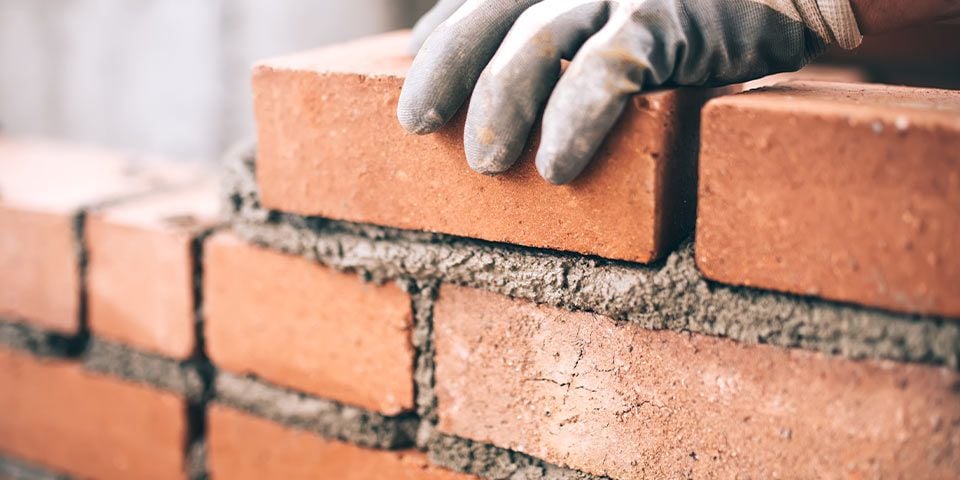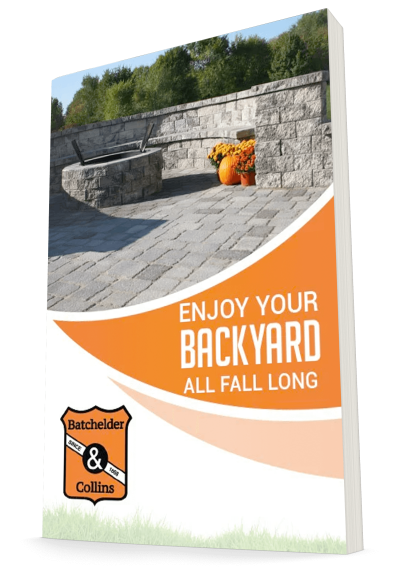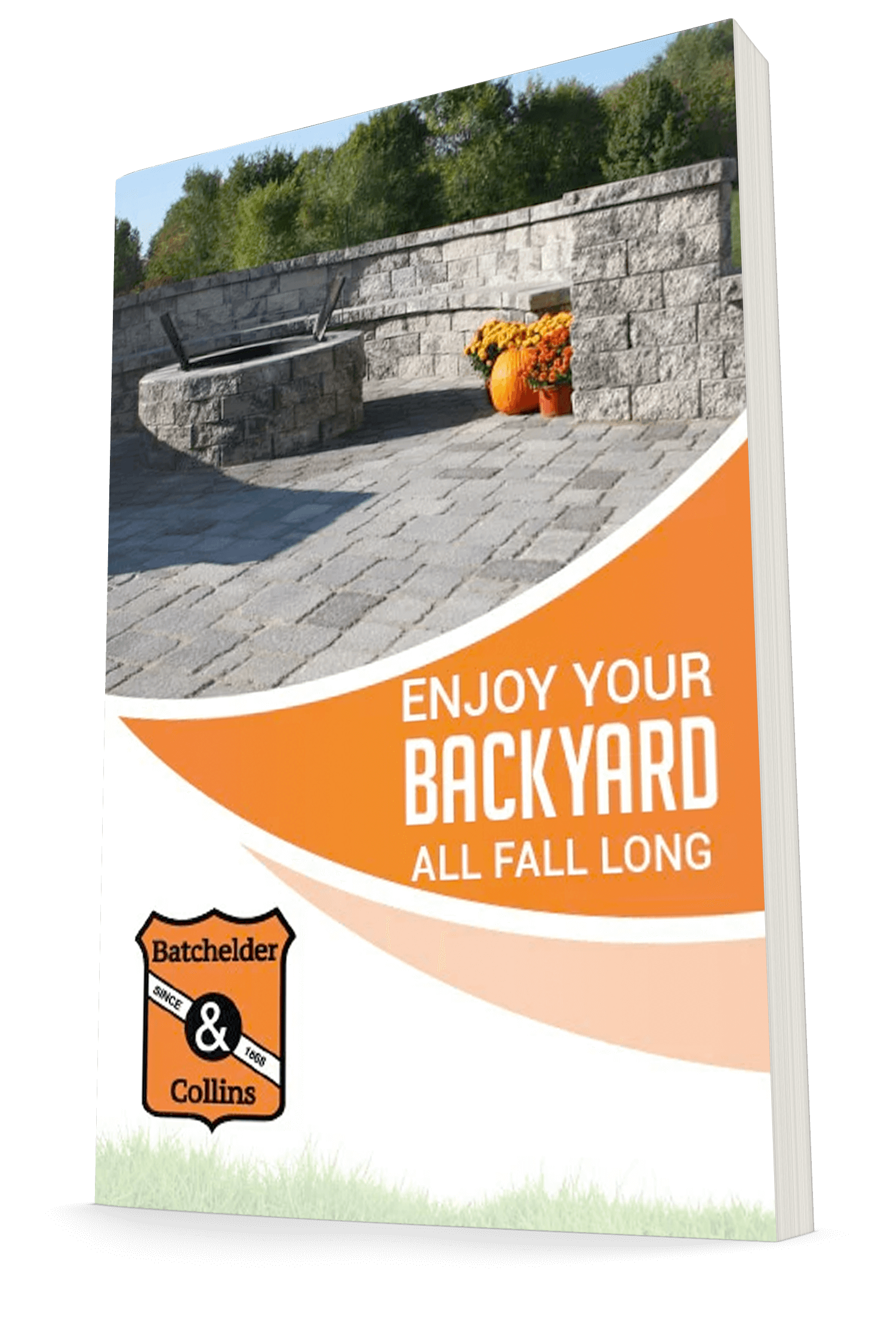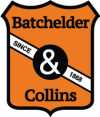Brick Shapes and Sizes Guide

Bricks are some of the most common materials you see each day. They are versatile and come in many shapes, sizes, and colors. While all of these brick choices are great, it can be confusing if you are trying to decide on the right type of brick for the job you are planning.
Choosing the right brick is not only important for the aesthetic aspect of your project, but also for cost and functionality. Choosing the wrong brick for your fireplace, for example, could result in expensive damage in brick replacement as well as damage to other parts of your home.
At Batchelder & Collins, we can keep your project on track by guiding you in the selection of the perfect brick for your project’s needs. Our experts will help you to choose the right brick, for the right job, for the right price.
An Introduction to Bricks: What Are Common Clay Bricks?
Bricks come in many shapes and sizes. By far, the most versatile and popular brick is the common clay brick. These brick types are made from clay or shale. They are typically used in homes and commercial buildings. They come in a range of colors, sizes, shapes, and textures.
Why Are Common Clay Bricks So Popular?
Common clay bricks are popular because of their versatility. They are also long-lasting, durable, and fireproof. Bricks are affordable and their size and weight make them convenient to use. A good bricklayer can construct a decent-sized brick wall in a day’s work.
Clay bricks can be used in many different types of common structures including homes, commercial buildings, retaining walls, and columns. You can also use them for simpler projects like constructing an outdoor grill station or making a mailbox stand.
What Materials Are in Common Clay Bricks?
For centuries, bricks have been made by mixing clay and water. These days sand is included as well as other minerals to help strengthen the brick. Once the materials are mixed, the bricks are hardened by a heat source. In the past, the bricks were sun-dried, but now we use an oven or kiln to produce very high heat resulting in a strong and durable brick.
Once the brick is ready, a mortar is used to form brick bonds that join the bricks together. The mortar helps strengthen the bond between the bricks and weatherproof them for a secure structure.
What Colors of Common Clay Bricks Can I Buy?
Brick colors are dependent on the amount of the different materials contained in the brick. Here are some of the most common clay brick colors:
- Red: This is the classic brick color that you see most commonly. When clay is heated, it takes on a darker, red tone. The more you heat it, the darker the red becomes. Hence, the classic brick-red color.
- Brown: Bricks that contain more lime in their composition can have a brown or beige look to them. Just make sure there is not too much lime added. It can weaken the brick.
- Pink: Higher amounts of iron in clay will result in brick with a pinkish hue. Some people choose this type of brick for a more striking appearance in their brickwork.
When choosing the brick color that is right for your project, be sure to discuss the possibilities with a Batchelder & Collins expert.
How To Select the Right Brick for Your Project
With so many types of bricks out there in different sizes and colors, it might seem overwhelming to choose the right building material for your project. One thing you should do is understand the brick dimension and the quality of the materials in the brick.
You should also understand that not all bricks are made alike. Actually, bricks are classified according to their quality. First-class bricks are deep red, free from flaws like cracks, and have a uniform texture. Second-class bricks will have small cracks or distortions that are evident. Third-class bricks are under-burnt, soft, and light-colored. Fourth-class bricks are over-burnt and noticeably distorted in size and shape.
For most projects, you will be using first-class bricks. Second-class bricks are typically used for hidden projects, and third-class bricks are used for temporary structures.
Another type of brick is a facing brick. While facing bricks do not have the strength of bricks used for structures, they are so named because they are meant to be used as facing so they can be seen. Typically, facing bricks are pleasing to the eye and come in different shapes, textures, and colors.
How Are Brick Dimensions Measured?
Brick dimensions are measured in depth, height, and length. As an example, the standard brick dimensions of a brick in the United States have a depth of 3 5/8 inches, a height of 2 1/4 inches, and a length of 7 5/8 inches. When measuring a brick, you have to distinguish between specified, actual, and nominal dimensions.
Specified dimensions are the anticipated dimensions of the brick before it is used. Actual dimensions are the actual sizes or dimensions of the brick once it is manufactured. Nominal dimensions or nominal size include the brick measurement and the mortar’s expected thickness.
In addition to dimensions, bricks can be laid out in six different ways:
- Header: the brick is laid flat with the short side facing you
- Stretcher: the brick is laid flat with the long side facing you
- Soldier: the brick is standing on its end with the short side facing you
- Sailor: the brick is standing on its end with the long side facing you
- Rowlock: the brick is turned on its side with the short side facing you
- Shiner: the brick is turned on its side with the long side facing you
Most commonly, brick dimensions are based on the brick in the stretcher position.
How Do Mortar Joints Affect Brick Dimensions?
Mortar joints are the spaces between the bricks that are filled with mortar. Depending on the mortar style and width of the mortar that is used, the dimensions of the brick can change.
The typical mortar joint size is 3/8 of an inch, with 1/2 an inch also being common. The mortar joint size has to be added to the brick dimension when planning the nominal dimensions of the brick.
What Are Some Standard Brick Sizes?
Different countries have different brick sizes, so sometimes it depends on where you are located. It can also depend on the area where you buy and the manufacturer from which you buy. That being said, there are some standard sizes.
A standard modular brick measures 3 5/8 inches by 2 1/4 inches, by 7 5/8 inches. The term modular refers to bricks of a standard and predictable size whose measurements with mortar fit into multiples of four inches. This makes it easier for a builder to estimate how many bricks are needed for the job.
Non-modular bricks are good for unconventional brick laying where you might need some oddly sized bricks. Because the sizes of non-modular bricks are not conventional, it may be more difficult to fit them into a pattern.
How Do I Select the Right Brick Size for My Project?
With so many different bricks and sizes, selecting the right size of brick for your project may seem overwhelming. Let’s take a closer look at some different types of bricks to help make your selection a little easier.
Modular Bricks
For most residential projects, modular bricks are the best way to go. Modular bricks offer you predictable modular brick sizes and shapes that are meant to fit together easily into a module.
Modular bricks are measured with the mortar in mind and configured to fit in multiples of four inches. This means it will be easy to fit all types of modular bricks together for any project you are considering.
Oversized Bricks
Oversized bricks, also known as engineer bricks, have a higher compression strength, durability, and water absorption than other bricks. They are good for residential foundations or for commercial projects that use a high volume of bricks.
Since the bricks are oversized, they offer more area per brick. More area means less mortar and fewer joints that need to be raked.
Queen Bricks
Bigger than modular bricks, queen bricks are commonly used in commercial projects. They are non-modular and have larger square cores that allow the mortar to flow through them. Similar to an oversized brick, fewer queen bricks are needed to complete a job.
Closure Bricks
A closure brick is typically used to finish edges and corners. They have more hollow spaces so the mortar can sink into the brick.
Roman Bricks
For a more aesthetic look, you might try Roman bricks. So named because they are originally from Rome, these bricks are slender and flat, leaving an attractive finish. Their smooth appearance is pleasing to the eye, but they sacrifice little in strength.
Norman Bricks
This brick, with its name taken from the Normans you’ve read about in history books, is similar to a Roman Brick. They are slender, smooth, and pleasing to the eye. Unlike Roman bricks, Norman bricks allow mortar to flow through them.
Utility Bricks
Utility bricks are similar to but slightly larger than modular bricks. They are useful if you need to match bricks to windows or door frames.
Monarch Bricks
Monarch bricks are also known as meridian bricks. They offer larger dimensions than a standard brick. They also have larger, squared-off cores giving them good durability and making them easier for masons to use.
Double Monarch Bricks
Double monarch bricks, also known as double meridian bricks, have the same characteristics as monarch bricks, except they are twice the height. Double monarch bricks are sometimes characterized as hollow bricks.
What Are Other Types of Brick?
Batchelder & Collins offers four types of bricks to homeowners in Hampton Roads and the surrounding areas. There are common clay bricks, common clay and concrete paving bricks, fire bricks, and thin bricks.
Common Clay Bricks
Common clay bricks are standard bricks made from clay or shale. They come in a wide variety of sizes, shapes, colors, and textures. Common clay bricks are typically used to build homes, commercial buildings, and columns.
Common Clay and Concrete Paving Bricks
Common clay and concrete paving bricks are different from traditional bricks. They are solid bricks that do not contain holes. Typically they are used for porches, patios, walkways, and driveways.
Also known as pavers, they are built to last. They can withstand extreme temperatures, snow, rain, and foot traffic.
Fire Brick (Also Known As Refractory Brick)
If you are building something that has to stand up to extreme heat, like a fireplace or chimney, standard bricks just will not do. You need fire bricks, also known as refractory bricks. Fire bricks are composed of a special type of clay known as fireclay. They not only have fire resistance but also can withstand heat up to 3,000 degrees Fahrenheit and are perfect for applications that require high heat tolerance.
Thin Brick
Sometimes, a full standard brick is just too much. There are times when you simply want the right look. That is a good time for thin brick.
Thin brick, also known as brick veneer, is great for when you need a striking visual appearance for a wall or backsplash. The bricks are cut thin, so you get a great brick look without the weight.
Fulfill Your Home and Backyard Dreams with Our Quality Bricks
Batchelder & Collins has been serving the Hamptons Roads and surrounding communities since 1838. We can help you fulfill your home and backyard dreams with our quality bricks.
For all your brick and masonry needs, call us at 757-625-2506 or contact us online. Our experts are standing by to guide you in finding the right bricks for your construction projects. We will take you through the process from brick choice to completion of the project. Count on us for quality bricks that will be right for all your projects!
Enjoy Your Backyard All Fall Long

Now is the perfect time to take advantage of autumn’s mild days to prepare your backyard for the cold months ahead. But who’s to say you can’t still enjoy your backyard, spending time with your family, and cooking outdoors all fall long.
"*" indicates required fields




